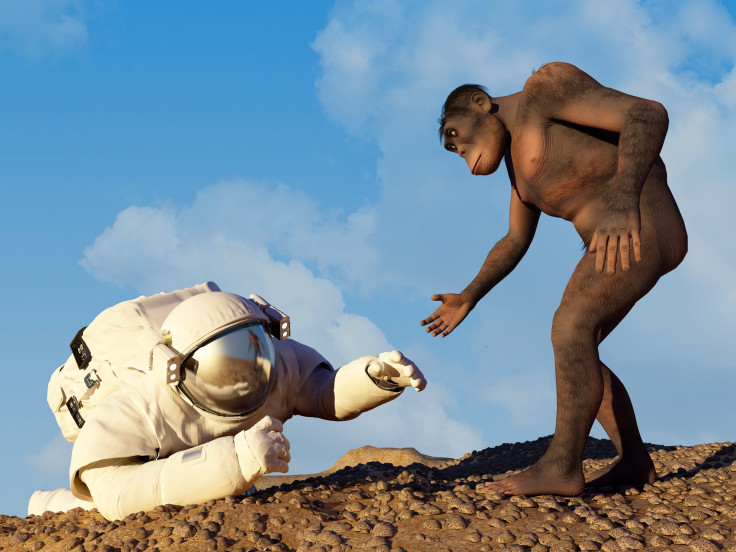Neanderthal DNA In Modern Man Tied To Genes Affecting Diabetes, Smoking Cessation — But Also Benefits Like Coarser Hair, Nails

The legacy from our late Neanderthal cousins — who live today within the DNA of people descended from Eurasians tens of thousands of years ago — includes Crohn’s disease, coarse hair and skin, and greater trouble quitting smoking.
Scientists from Harvard Medical School say the archaic human species mixed with modern Homo sapiens in Europe and Asia 40,000 to 80,000 years ago, leaving adaptive and non-adaptive traits alike. The vestigial presence of the Neanderthal today is also associated with genes affecting type 2 diabetes, lupus, biliary cirrhosis, among others. In this new study, scientists say they also found that Neanderthal DNA remained lower in regions of the X chromosome and male reproductive genes affecting the testes — suggesting the two groups were diverging into distinct species with no mating compatibility.

Now that we can estimate the probability that a particular genetic variant arose from Neanderthals, we can begin to understand how that inherited DNA affects us," said David Reich, a professor of genetics at Harvard who led the research. "We may also learn more about what Neanderthals themselves were like."
The National Institutes of Health (NIH) provided partial funding for the study, which follows the discovery in recent years of Neanderthal DNA in descendents of ancient Europeans and Eurasians living in overlapping territories.
"The story of early human evolution is captivating in itself, yet it also has far-reaching implications for understanding the organization of the modern human genome," NIH official Irene A. Eckstrand said in a statement. "Every piece of this story that we uncover tells us more about our ancestors' genetic contributions to modern human health and disease."
In the study, Reich and his colleagues — along with the Max Planck Institute for Evolutionary Anthropology in Germany — compared the genetics of hundreds of people to the genome of a 50,000-year-old Neanderthal whose genomic sequence researchers published last year. Genetic variants seen in Eurasians but not Africans were suspected to be of Neanderthal origin.
Aside from bequesting humanity genes associated with inflammatory bowel disease, Neanderthals left an intriguing mystery for geneticists to solve. Influence from the Neanderthal genome clusters in some spots of the modern human genome, leaving other territory virtually bereft, co-researcher Sriram Sankararaman, of the Howard Hughes Medical Institute, said in a statement. "It suggests the introduction of some of these Neanderthal mutations was harmful to the ancestors of non-Africans and that these mutations were later removed by the action of natural selection,” he said.
The scientists also marveled at the quick dexterity of evolution, bringing dramatic change over only relatively short periods of time. As many as 100,000 evolutionary years may separate modern humans in Western Europe from people in sub-Saharan Africa. By comparison, about five times as much evolutionary "distance" separates modern man with Neanderthal, still with us today.
Source: Reich D. Neanderthal’s Modern Genetic Legacy. Nature. 2014



























